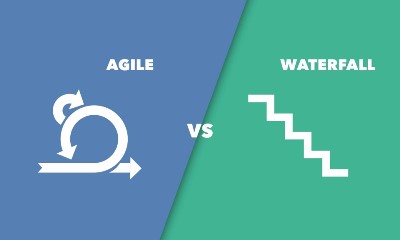How to Improve the Management of Large Numbers of Punch Points and Design Open Points in Large Complex Projects
During the later phases of industrial projects, design Open Points can be identified during detailed design or fabrication design that require treatment to ensure the overall consistency of the facility design. Punch Points are also identified during commissioning and pre-hand-over that generally need to be rectified prior to hand-over or startup. The traditional management approach is to use registers, some prioritisation and assign points for action within the project team. When such open and punch points are numerous, other alternative approaches can be used that are more effective. In our new White Paper 2023-10 ‘How to Improve the Management of Large Numbers of Punch Points and Design Open Points’ we address how the management of such large registers of open or punch points can be done differently.
To manage the sometimes thousands or tens of thousands of Open Points and Punch Points generated continuously on large industrial projects, the conventional approach is to open and manage a register and manage each item individually.
Good practices in the traditional approach also include assignment of a priority and/or criticality level to the Open or Punch points.
Faced with a large register of Open or Punch Points, the tendency will generally be to address the easiest to resolve first, which makes it important to have, if possible, statistics that account for the closure effort so as not to be overly optimistic on the closure rates. Thus, generally the harder points remain for closure for quite a longer time; they also often need a multi-disciplinary approach. This does not make sense if the number of open points is very large.
The management of large quantities of Punch Points and Open Points on large industrial projects can become very tedious and cause significant delays in the commissioning and start-up of the facility. Traditional approaches using registers and individual assignment of Punch or Open Points to contributors have strong limitations when they become very numerous. It is then much more effective to create a limited number of projects with dedicated and accountable personnel dealing with certain types of Open or Punch Points to accelerate resolution, identify and address root causes, thereby diminishing the future number of Open or Punch Points. Discover more in our new White Paper 2023-10 ‘How to Improve the Management of Large Numbers of Punch Points and Design Open Points’.
If you can’t access the link to the white paper, copy and paste the following link in your browser: https://www.projectvaluedelivery.com/_library/2023-10_treatment_OP_tickets_v0.pdf











